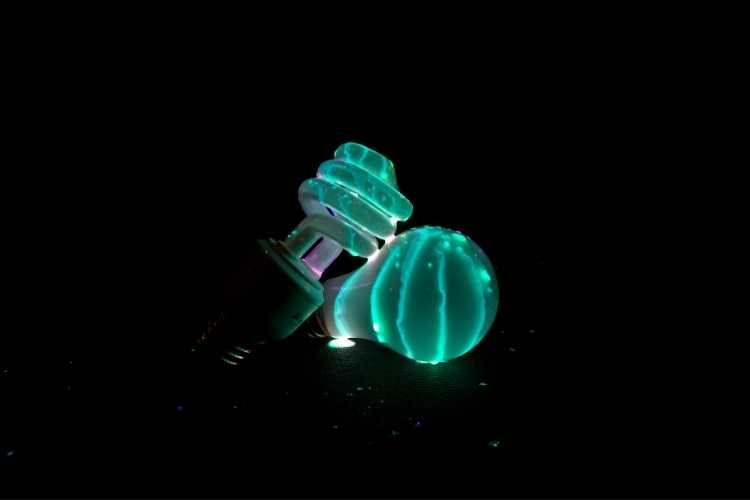The ability to access the internet and send/receive information is what makes devices “smart”. Smartphones, smartwatches, tablets, and even PCs and Macs are all smart devices. However, at some point during the past decade, someone had the bright idea to not just stop at the devices above. Imagine a world where traditionally “dumb” devices like your doorbell, door lock, heating, air conditioning, and speakers suddenly became “smart”.
That is exactly what the IoT revolution is all about. It makes use of smart devices that communicate with each other over the same network to make lives easier for people living or working there. Smart homes and smart offices are built on the Internet of Things. The best part? All you need is a smartphone, a smart device, and a reliable UPC codes to start turning your home smart. Smart lighting is a good place to start, even though it is plagued by many unfounded myths. That is what this blog explores in detail.
Myth #1: Smart Lights are Very Expensive
The reputation that smart lighting is very expensive comes from Philips Hue. The Hue is a smart light bulb that you can command to change colors. Yes, the bulb is expensive, and yes, putting one or two in every room will eventually add up to a significant expense. But the Hue is one of the most expensive smart lights out there.
It’s like looking at a Rolls Royce and saying you’re not buying a car because they’re too expensive. People often tend to forget that when it comes to smart lights, there are options in many price ranges. There are plenty of other smart lighting manufacturers who charge much less for their products than Philips, which is already one of the biggest electronic brands in the world. If you want to buy a premium product, it will most likely cost you a pretty penny. But you could just as easily make do with a cheaper model, much like you can make do with a Honda Civic just as easily as you could with a Rolls.
Myth #2: Smart Lights are Just a Novelty With No Real Use
The onslaught of quirky inventions mixed in with blatant fraudulent products has understandably left us very suspicious of new products. Humans tend to cling to the comfort of familiarity. There is always resistance to something entirely new. This can explain why smart lights were not considered a serious consumer product when they first started appearing. People were convinced it was just another fad that would die out, bringing no real value to the people who buy it. Boy were they wrong.
Here’s a simple example to help you understand just how useful smart lighting is. Would leaving the lights off in your house for a month result in a lower power bill than if you left them on for a month? If your answer to this question is an obvious yes, it should be easy to understand the value smart lights offer. You can program them to turn on and off at specific times during the day. That way you can ensure they’re only on when there are people in your home. You can also remotely control them through your smartphone, switching them on or off at will. All of this gives you greater control over how much energy the lighting in your home consumes. With careful use, you can significantly cut down on your power bills.
Myth #3: Smart Lights Make You Vulnerable to Hackers
In the early days of smart lighting, manufacturers were pretty much playing their own version of the Wild Wild West. They all had different software for their lights, and many of these manufacturers did not have a strong cybersecurity record, to begin with. Customers had to place a huge amount of trust in the manufacturer and often got a less-than-stellar experience in return.
However, fast forward to today, and you’ll see there is a lot more uniformity to the industry. This is in part thanks to smart home assistants like Alexa and Google Assistant. These smart home assistants have the capability to form the central command hub of any type of smart home. Meaning manufacturers now come up with smart lights that aren’t just remote-controlled, but also voice-activated. Modern smart lights come with full integration for Alexa and Google Assistant. This has considerably improved customer experience over the last few years.
Of course, the network in your home needs to be up and running at all times for the IoT in your home to function. That means as soon as you feel your internet service isn’t performing well, get on the phone. With a healthy internet service and the right brand of smart lights, you can start your home’s transition into the 21st Century smart home.

